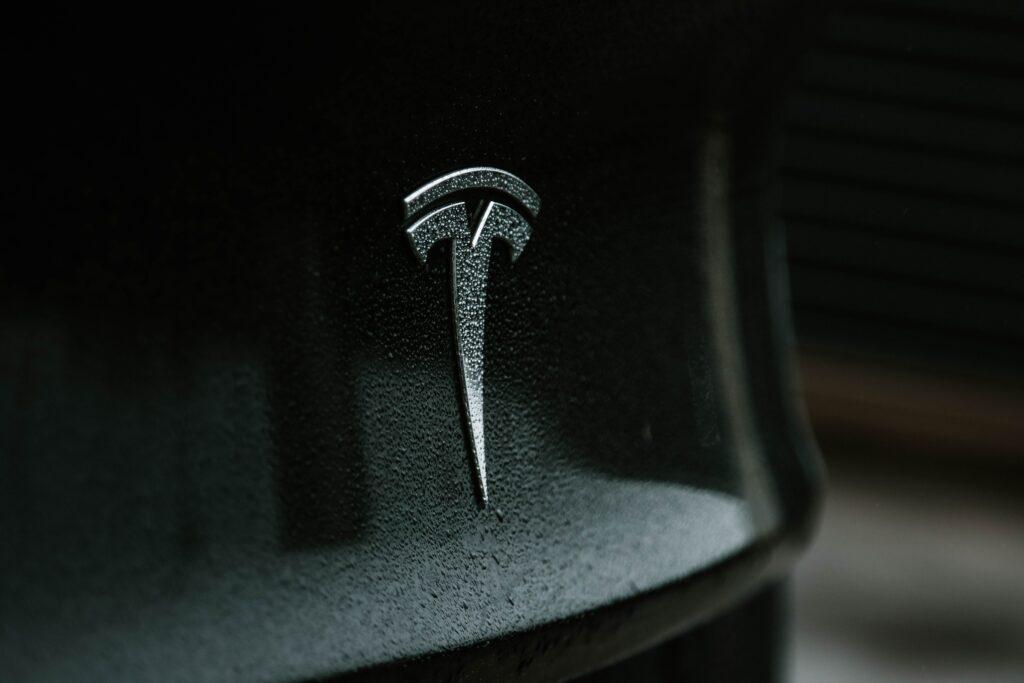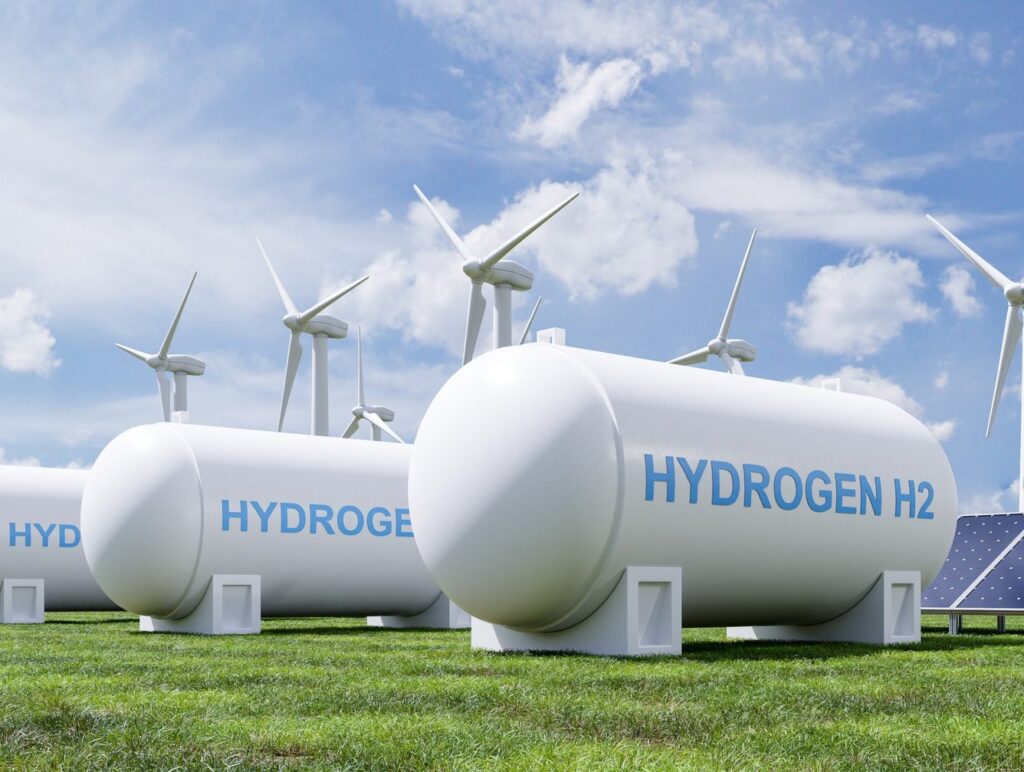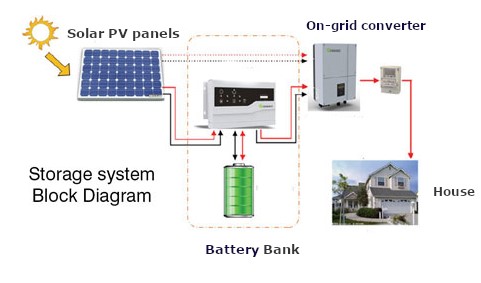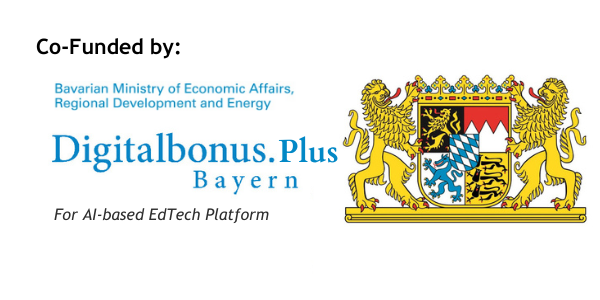Major Players and Job Opportunities in the Field of E-Mobility

This short article presents the current major players and job opportunities in the field of e-mobility. It gives a brief outlook what to expect from the future of e-mobility and which companies to have a closer look at.
Backgrounds of E-Mobility
The field of e-mobility has seen tremendous growth in the past decades. The urge to move away from fossil fuels has always been present. However, with the advent of new technologies and new ways of generating renewable energies, the world is moving faster towards sustainable and affordable ways to commute. On top of affordability, the carbon emission measure, which has become a de facto measure of environment friendly systems, is also driving the growth. In principle, areas like the development and use of electric vehicles (EVs), charging infrastructure, and related technologies such as batteries and power electronics are covered by the term “e-mobility.” Moreover, the drive for low-emission and affordable solutions for commuting is also increasing. The reason therefore is, that governments around the world have set ambitious goals and targets to achieve this.
Important Players
The most crucial player in this field is the automotive industry itself. Traditional automakers are investing in the development of electric vehicles, intending to be one of the leaders when this area takes off. Companies like Volkswagen, Toyota, and General Motors have clear plans to move ahead, whereas newer companies like Tesla and Lucid Motors have already made an impact in the consumer market and are moving further ahead.
In addition to the automakers, power producer and distributor companies like Enel, EON, and EDF are investing in the development of charging infrastructure and other e-mobility solutions to meet the growing demand for electric vehicles. Companies like Enel X, Siemens, ABB, and Schneider Electric Siemens are working on new technologies and newer charging solutions.
Job Opportunities
In short, the near future will see major developments in the field, with people contributing, companies manufacturing, and governments making policies for smoother transitions. We have already passed the intermittent phase of hybrid vehicles, and it is now time for all-electric vehicles that are smarter, sleeker, and full of features.
Engineering is one of the pathways to being part of this change. It can connect from the mechanical side of electrical or can become more specific like mechatronics and renewable. Also, technical management traits can be polished through a management degree and internships at one of the major companies in the field. All of this provides a pathway into the market and enables a young graduate of today to become a leader of the industry tomorrow.
Given this short excurse in major players and job opportunities in e-mobility, we can highly recommend an education in electrical engineering.













Responses